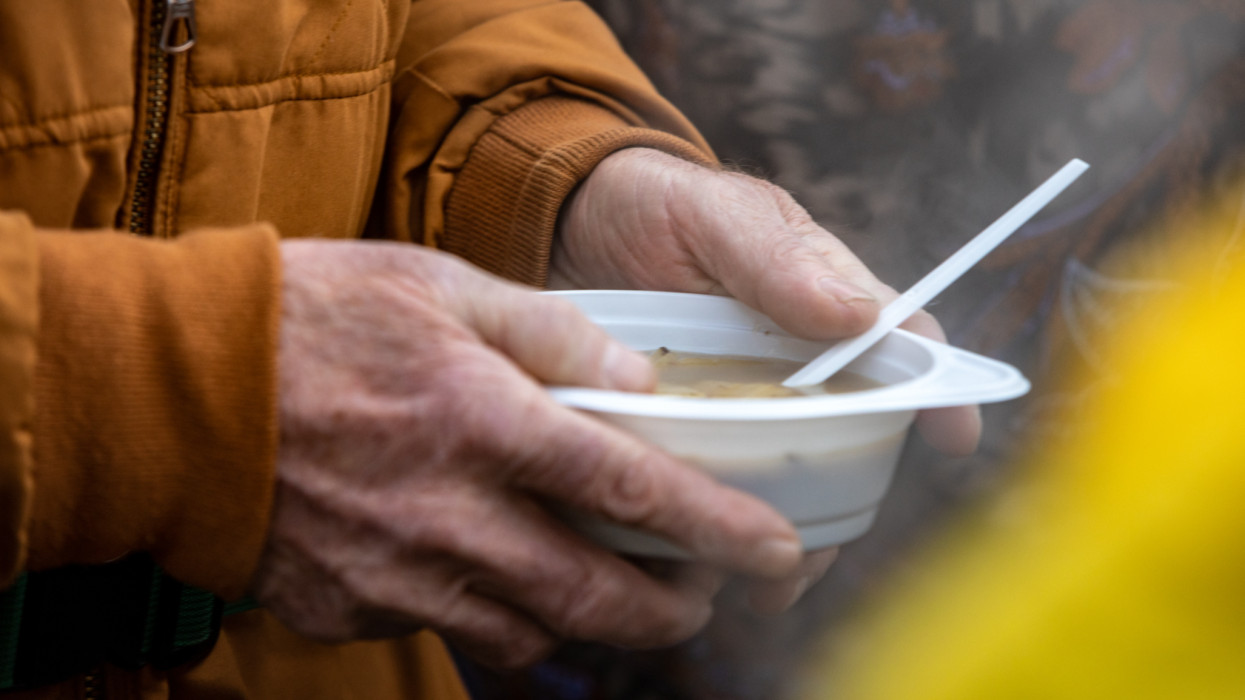During the 2016-2017 school year, more than 12.2 million children in 79,000 schools took part in the EU fruit and vegetables scheme and around 18 million children took part in the EU milk scheme, as shown by the latest monitoring reports. This represents more than 74,000 tonnes of fruit and vegetables and over 285,000 tonnes of dairy products, distributed mainly to children between 6 and 10 years old.
In addition to distributing these products, the EU school scheme promotes healthy eating habits among children and includes dedicated educational programmes about the importance of good nutrition and how food is produced.
Agriculture and Rural Development Commissioner Phil Hogan said: “European farmers provide us with high quality, safe and healthy food, and through the School Scheme, our youngest citizens gain the health benefits of these products while also learning at an early age where our food comes from and the importance of taste and nutrition. The Commission is proud to play its part in this educational journey. €250 million from the Common Agricultural Policy will ensure the continuous rolling out of the EU School Scheme in the 2018-2019 school year."
Under the scheme, each school year €150 million is set aside for fruit and vegetables and €100 million for milk and other dairy products. National allocations for all 28 Member States taking part in the scheme for the 2018-19 school year have just been approved and are expected to be adopted by the European Commission by the end of March.
Background
Countries wishing to take part in the EU school scheme must notify the Commission by the end of January with their request for support. The indicative allocation of the EU budget to each Member State is based on the number of schoolchildren in each country and, for milk, on the take-up of the previous scheme. National authorities are free to transfer a proportion (20%-25%) of the budget allocated from one sector to the other. They can also notify their willingness to spend more than the amount of aid requested if other Member States decline to take up their full allocation.
In addition to deciding on the exact way to implement the scheme such as choosing which thematic educational measures to use or which other agricultural products school children may receive, Member States have the option to top up EU aid with national aid to finance the scheme.
The choice of products distributed is based on health and environmental considerations, seasonality, variety and availability. Member States may encourage local or regional purchasing, organic products, short supply chains, environmental benefits, agricultural quality schemes.
In 2016-2017, apples were the most widely distributed fruit, along with pears, plums, peaches, nectarines, oranges, strawberries and bananas. Carrots, tomatoes, cucumbers and peppers were the most popular vegetables. Educational measures included farm visits, school gardens, cooking classes and/or competitions, lessons with nutritionists, games, etc. Milk, flavoured milk and fermented milk products such as yoghurts were the most popular categories of products under the milk scheme; cheese was also widely distributed.
Allocation per Member State for the 2018-19 school year
|
Member State |
School fruit and vegetables (€) |
School milk |
|
Belgium |
3 405 459 |
1 613 200 |
|
Bulgaria |
2 590 974 |
1 130 879 |
|
Czech Republic |
3 956 176 |
1 785 706 |
|
Denmark |
2 290 761 |
1 460 645 |
|
Germany |
24 868 897 |
10 552 859 |
|
Estonia |
547 336 |
724 335 |
|
Ireland |
1 757 779 |
900 398 |
|
Greece |
3 218 885 |
1 550 685 |
|
Spain |
16 529 545 |
7 101 663 |
|
France |
17 990 469 |
17 123 194 |
|
Croatia |
1 664 090 |
800 354 |
|
Italy |
20 857 865 |
8 924 496 |
|
Cyprus |
290 000 |
500 221 |
|
Latvia |
785 115 |
733 945 |
|
Lithuania |
1 099 281 |
1 076 520 |
|
Luxembourg |
335 511 |
200 000 |
|
Hungary |
3 747 262 |
1 916 173 |
|
Malta |
319 341 |
199 517 |
|
Netherlands |
6 782 991 |
2 401 061 |
|
Austria |
2 832 220 |
1 232 449 |
|
Poland |
14 532 073 |
10 846 847 |
|
Portugal |
3 283 397 |
2 220 981 |
|
Romania |
6 866 848 |
10 743 836 |
|
Slovenia |
703 870 |
353 423 |
|
Slovakia |
2 113 724 |
990 350 |
|
Finland |
1 599 047 |
3 824 689 |
|
Sweden |
0 |
9 184 818 |
|
United Kingdom |
0 |
4 937 840 |
|
Total |
144 968 917 |
105 031 083 |
More information
- Member States' monitoring reports on the EU school fruit and vegetables scheme in 2016-2017
- EU school fruit & vegetable and milk scheme
- Indicative allocations of aid by Member State
Via europa.eu







